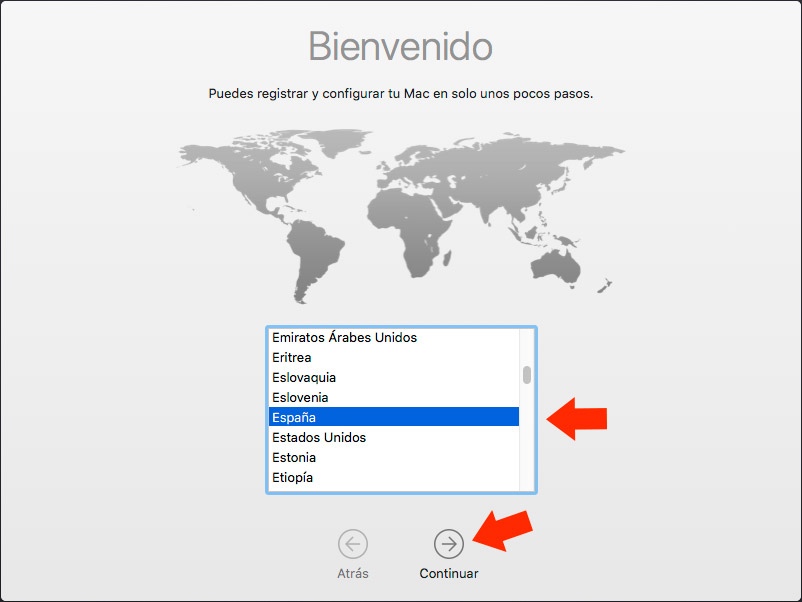

To have access to Yarn’s executables globally, you will need to set up the PATH environment variable in your terminal.
In the terminal, log in and log out for the changes to take effect. Add this to your profile: export PATH="$PATH:/opt/yarn-/bin" (the path may vary depending on where you extracted Yarn to). If Yarn is not found in your PATH, follow these steps to add it and allow it to be run from anywhere. This will point yarn to whatever version of node you decide to use. A workaround for this is to add an alias in your. Note: Due to the use of nodejs instead of node name in some distros, yarn might complain about node not being installed. Sudo apt update & sudo apt install -no-install-recommends yarn nvmrc file in your project’s root: $ echo "12" >. If you would like to avoid having to remember to switch versions, you can take things a step further by creating a. Node Version Manager makes the process seamless. Working on multiple projects that use different versions of Node.js doesn’t have to be a nightmare. If you would like to completely remove nvm from your machine, you can use the unload command: nvm unload Conclusion Step 7 - Un installing Node Version Manager(NVM) The next step will explain how to do this. You may want to return to your system’s default settings and stop using nvm. It’s worth noting that you can’t remove a version of Node.js that is currently in use and active. So, if you have two different versions of Node.js version 6 installed, you have to run the uninstall the command for each version: $ nvm uninstall 6 Uninstalled node v6.14.4 $ nvm uninstall 6 Uninstalled node v6.10.3 Unfortunately, when you specify a major or minor version, nvm will only uninstall the latest installed version that matches the version number. You may have several versions of Node.js installed due to working on a variety of projects on your machine.įortunately, you can remove Node.js versions just as easily as you installed them: nvm uninstall 8 You can use nvm to uninstall any unwanted version of Node.js you may have. 
curl "$.pkg" > "$HOME/Downloads/node-latest.pkg" & sudo installer -store -pkg "$HOME/Downloads/node-latest.pkg" -target "/"Īt this point, you have installed several versions of Node.js. Through macOS Installer directly from the website.Ģ. To complete this tutorial, you will need to have the latest node version installed on your machine, for that you have a few options.ġ. In this tutorial, you will install nvm and learn to install, remove, and switch between different versions of Node.js. In those situations, the Node Version Manager (nvm) is a great tool to use, allowing you to install multiple versions of Node.js and switch between them as you see fit.

You have the latest and greatest version of Node.js installed, and the project you’re about to work on requires an older version. If you work on multiple Node.js projects, you’ve probably run into this one time or another.







 0 kommentar(er)
0 kommentar(er)
